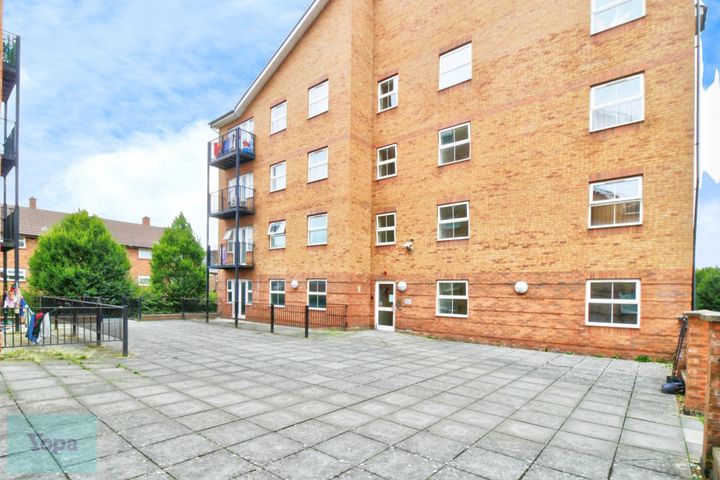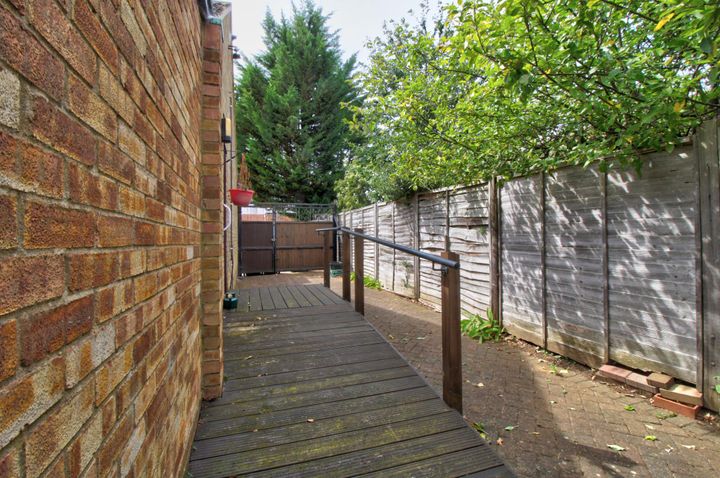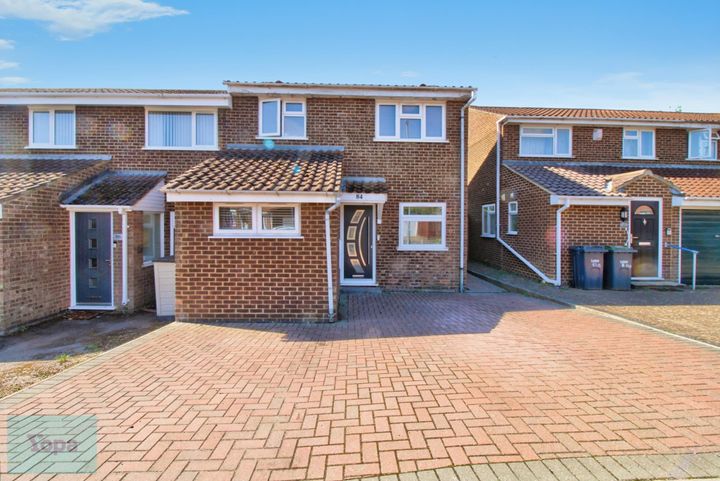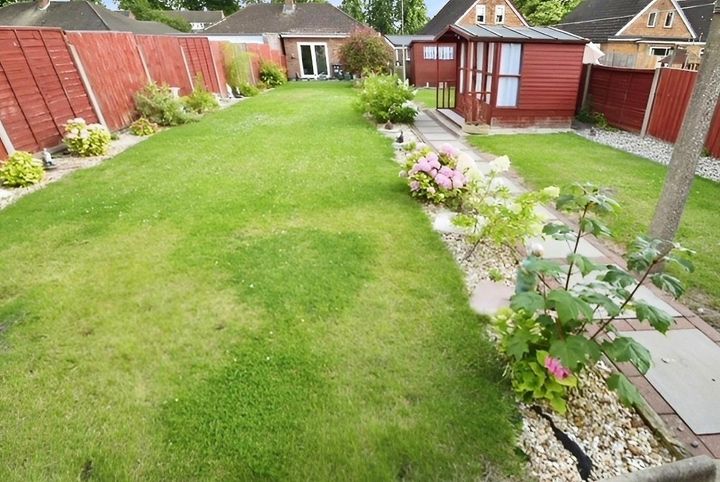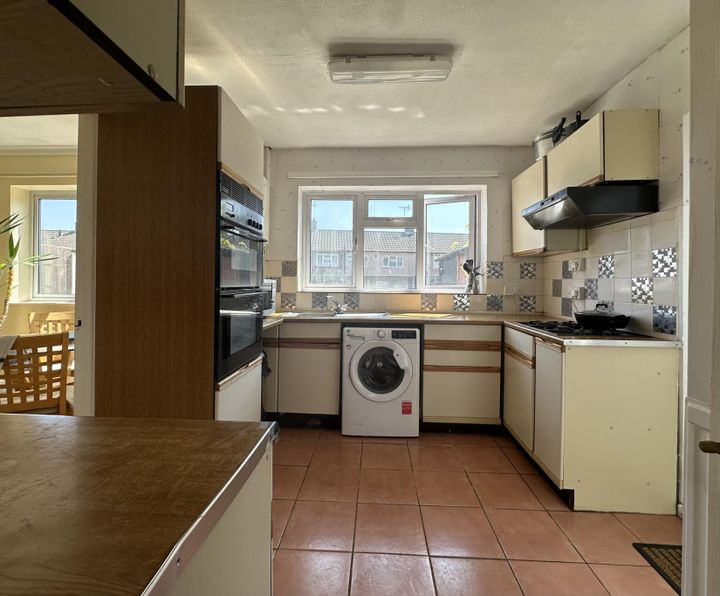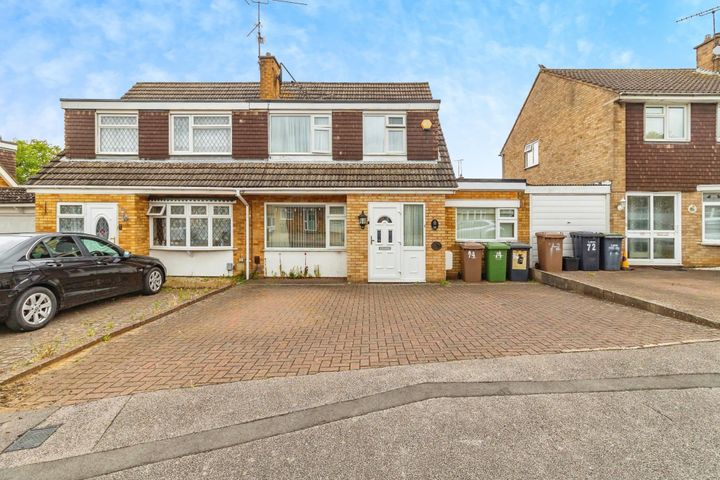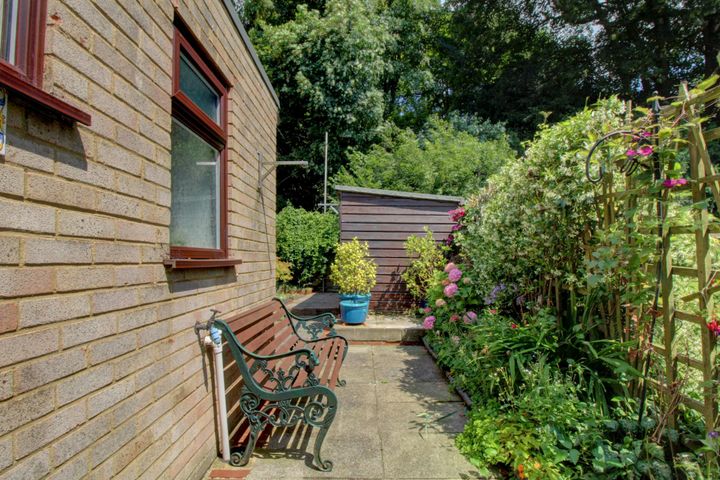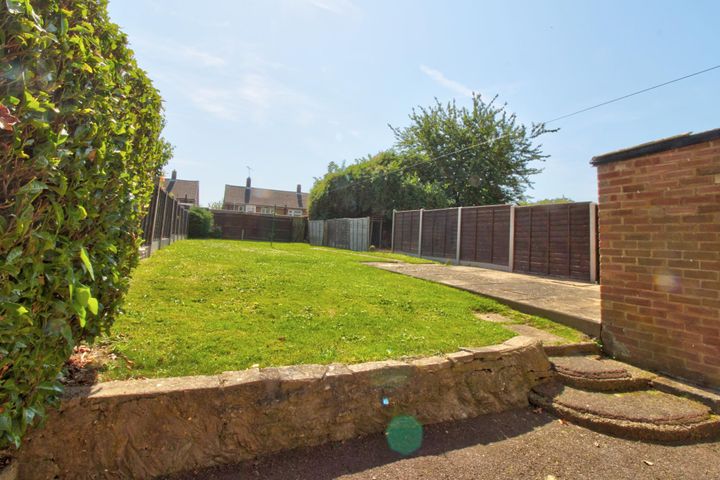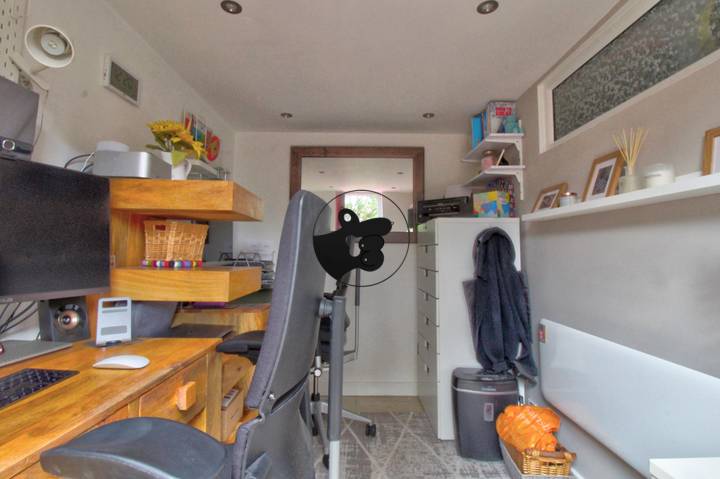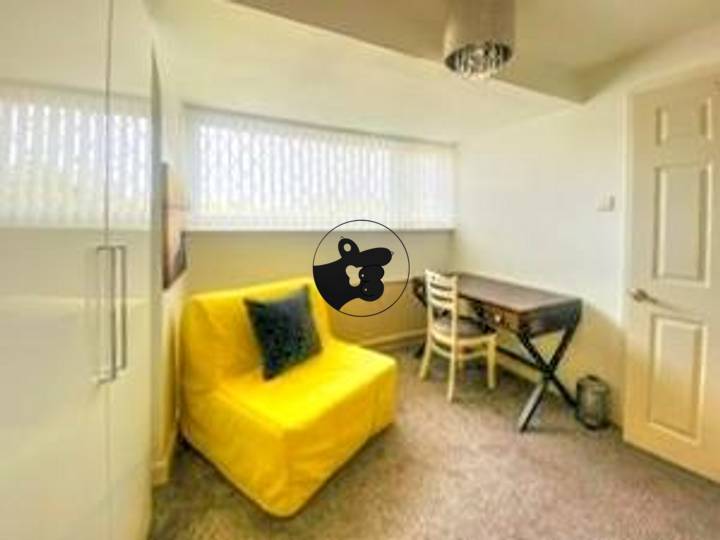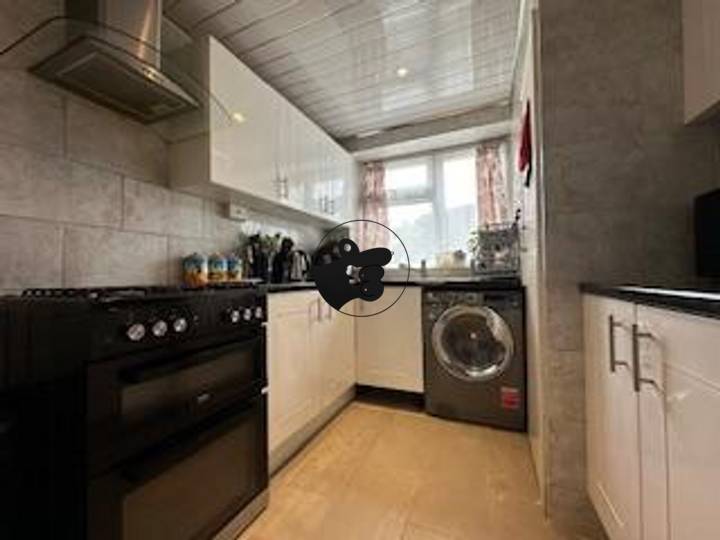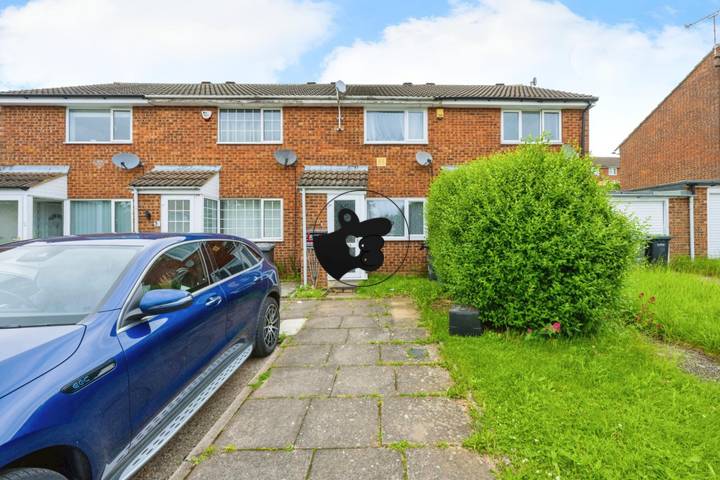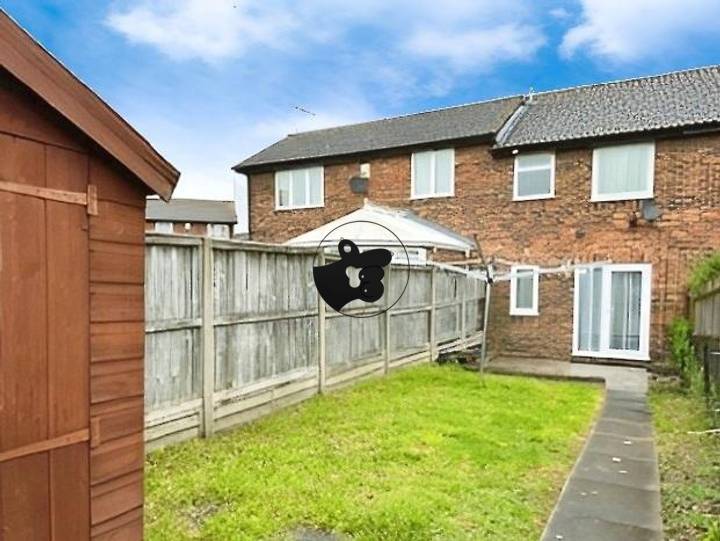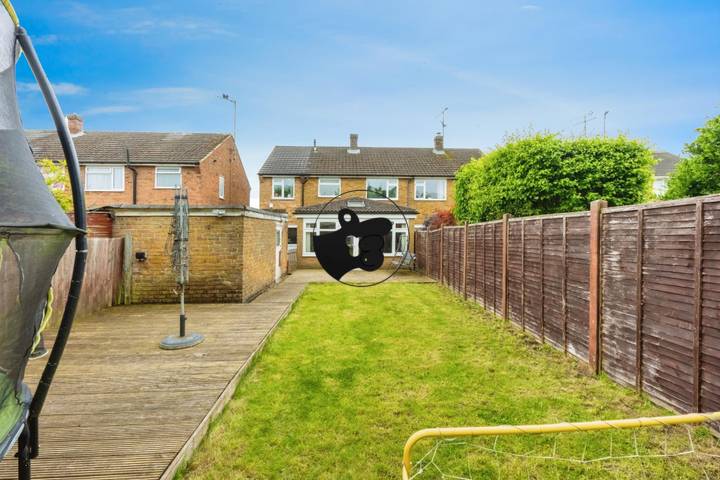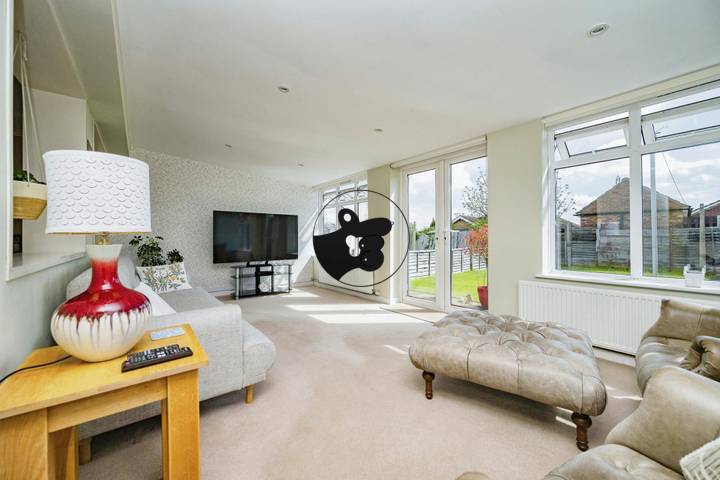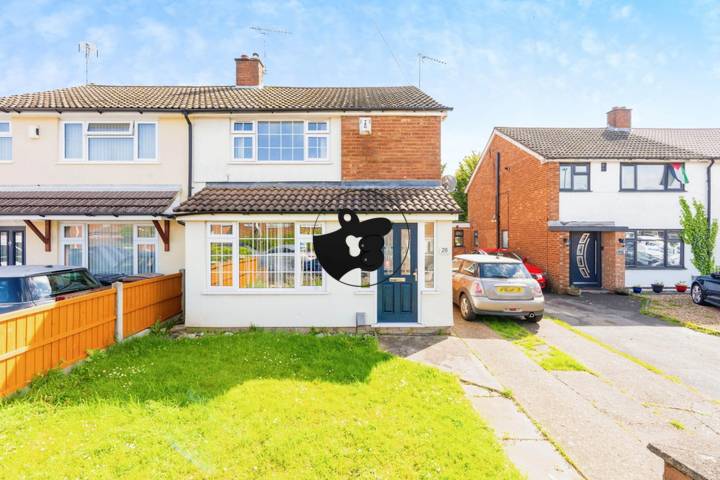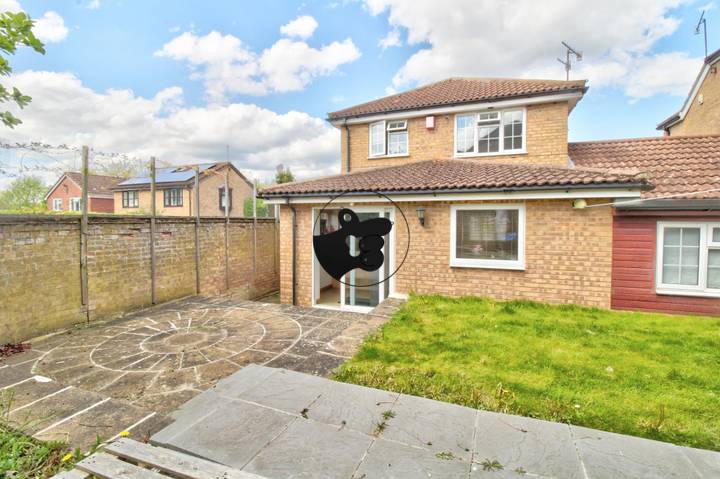Several factors influence real estate prices in Luton, with proximity to London being a primary driver. The town’s convenient transport links, including the London Luton Airport and the Thameslink rail service, enhance its appeal for commuters. This accessibility often leads to increased demand for housing, particularly among professionals seeking affordable options compared to the more expensive inner-London market. Additionally, Luton has seen significant investment in infrastructure and regeneration projects, such as the redevelopment of the town center and an increase in amenities, which can boost property values. Local economic conditions also play a role; for instance, job creation and the presence of major employers, such as the university and various tech companies, contribute to housing demand. Furthermore, the demographic profile of Luton, which includes a diverse population and a growing number of families, can affect the types of properties in demand, influencing prices for different segments of the market. Finally, supply constraints due to land availability and planning regulations can exacerbate price pressures, making it difficult for new developments to keep pace with demand.
Luton
Location
Price Range
Any price
Price Range
Minimum
No min
Maximum
No max
Property type
Show all
Property type
Show all
House
Apartment
Building
Other
Bedrooms
Any beds
Bedrooms
Minimum
No min
Maximum
No max
Surface Range
Any surface
Surface Range
Minimum
No min
Maximum
No max
Sale type
For sale
Sale type
Show all
To rent
For sale
Location
Apartments and houses for sale in Luton
19 results
Recent
Luton insights
| Aspect | Summary |
|---|---|
| Population | 221,000 |
| Average Property Price | £320,000 |
| Rental Yield | 5.2% |
| Average Rent | £1,550 per month |
| Occupancy Rate | 95% |
| Capital Growth Rate | 4.5% annually |
| Property Tax | £1,200 annually (average) |
| Transaction Costs | 3-5% of property price |
| Expected ROI | 8% annually |
| Economic Growth Impact | Positive, driven by local employment and infrastructure development |
Luton FAQ
What factors influence real estate prices in Luton?
How have real estate prices in Luton changed over the past few years?
Over the past few years, real estate prices in Luton have experienced a significant upward trend, largely driven by increasing demand and the area’s relative affordability compared to nearby London. In 2020, the average price for a house in Luton hovered around £275,000, but by 2023, this figure had surged to approximately £375,000, marking a rise of nearly 36%. Factors contributing to this increase include the ongoing expansion of the London commuter belt, improved transport links such as the Luton Airport Parkway station, and the broader trend of urban migration spurred by the pandemic. For instance, three-bedroom terraced homes, which sold for around £300,000 in early 2021, have been listed at upwards of £400,000 in late 2023. Additionally, new developments, such as the Luton town centre regeneration project, have further heightened interest in the area, contributing to competitive bidding for properties.
What is the average property price in Luton?
As of 2023, the average property price in Luton is around £290,000. This figure can vary significantly based on the type of property and its location within the town. For instance, a two-bedroom flat in the city center may cost approximately £220,000, whereas a three-bedroom semi-detached house in a more residential area could reach around £350,000. Additionally, the popularity of Luton as a commuter town has influenced prices, with properties closer to train stations often commanding a premium. Over the past few years, the property market has seen a notable increase, reflecting broader trends seen across the UK, driven in part by demand from first-time buyers and investors. Specific neighborhoods like Stopsley and Wigmore tend to have higher average prices compared to other areas, influenced by local amenities and school ratings.
Are prices for houses in Luton higher than in nearby towns?
In recent years, house prices in Luton have seen a notable increase, often outpacing those in nearby towns like Dunstable and Harpenden. As of 2023, the average house price in Luton is approximately £300,000, which is significantly higher than Dunstable, where properties typically sell for around £250,000. Harpenden, on the other hand, has even steeper prices, averaging over £600,000, making it a more expensive option compared to both Luton and Dunstable. Factors contributing to Luton's higher prices include its proximity to London, improved transport links such as the Thameslink service, and a growing reputation as a commuter town. Additionally, the demand for housing has surged due to new developments and an influx of buyers seeking more affordable options compared to Greater London.
What is the price trend for rental properties in Luton?
Rental property prices in Luton have shown a steady increase over the past few years. As of late 2023, the average rent for a one-bedroom apartment in the town center hovers around £1,150 per month, while larger three-bedroom homes can reach upwards of £1,600. Areas such as Luton town center and Dunstable Road have experienced particularly high demand, leading to rents that exceed the average. A rise in demand has been driven by Luton’s improving transport links, including the expansion of Luton Airport and increased connectivity to London. For example, some properties near the airport have seen rental price increases of around 10% year-on-year. Additionally, with the ongoing development projects in the area, potential tenants are facing competition for available units, further pushing prices upward.
How do property sizes affect pricing in Luton?
Property sizes in Luton have a significant impact on pricing, as is typical in the real estate market. Generally, larger properties command higher prices due to increased living space and additional rooms, which cater to families and buyers seeking more comfort. For instance, a three-bedroom semi-detached house may be priced considerably higher than a two-bedroom apartment in the same area, reflecting the larger square footage and additional amenities. Additionally, factors like outdoor space, such as gardens or backyards, can further inflate the value; a property with a sizeable garden will often be marketed at a premium compared to one without. In certain neighborhoods, the size of the property also correlates with the overall desirability of that area, as larger homes might be located in more sought-after locations, driving competition and thus increasing the price per square foot for bigger properties. Finally, the condition and layout of the space also influence the pricing dynamics, where a well-maintained larger property can outstrip pricing expectations compared to smaller properties in disrepair or poorly designed layouts.
What types of properties tend to be the most affordable in Luton?
In Luton, properties that tend to be the most affordable are often smaller one- or two-bedroom flats and terraced houses, particularly those located in the outskirts of the town or in less central areas. For instance, areas such as Bury Park and Marsh Farm frequently feature lower-priced housing options when compared to more affluent neighborhoods. Additionally, older properties, including Victorian and Edwardian homes that may require renovation, can present budget-friendly choices for first-time buyers or investors. Shared ownership schemes and purpose-built affordable housing developments also contribute to the accessibility of homeownership for lower-income families. The rental market in Luton shows similar trends, with smaller units and shared accommodations generally commanding lower rents.


